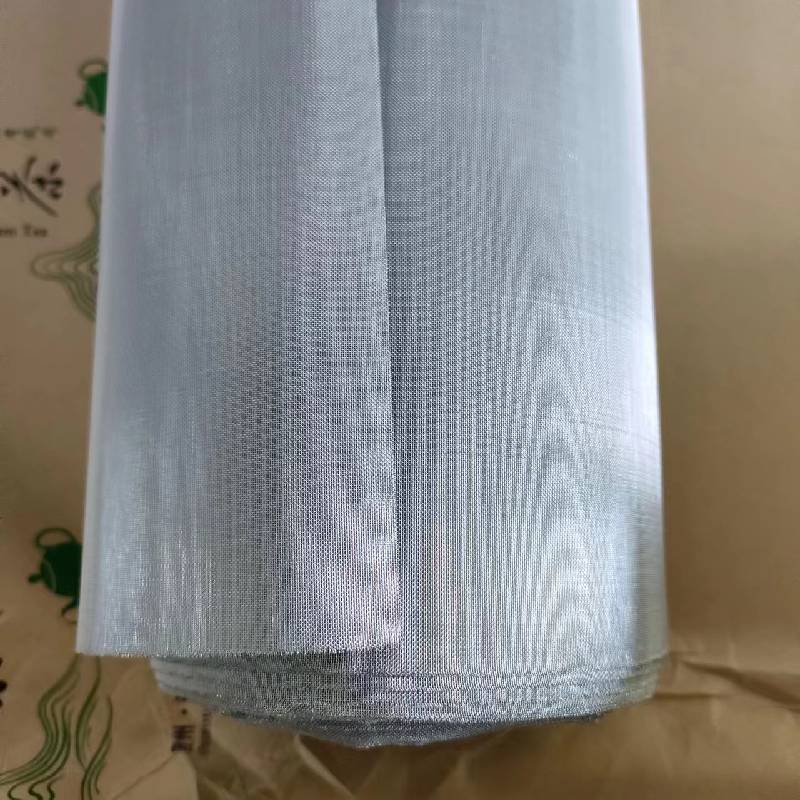Brass mesh screens, renowned for their durability and versatility, continue to be a preferred choice across various industries. Their widespread application in both industrial and domestic settings makes them a fascinating topic for exploration. As an expert with extensive experience working with these materials, I will delve into the functional benefits, the unique properties of brass, and best practices for their usage that emphasize trust and professional authority.

Brass mesh screens are crafted from an alloy of copper and zinc, which gives them a distinctive set of properties. They are corrosion-resistant, making them ideal for applications in environments where moisture, salt, and humidity are prevalent. This anti-corrosive property is critical in industries such as marine engineering and petrochemical processing, where longevity and reliability are paramount. Moreover, brass offers antimicrobial properties, a feature becoming increasingly relevant in food and healthcare industries where hygiene is of utmost importance.
The flexibility of brass, combined with its strength, allows for the crafting of mesh screens with precise aperture sizes without compromising structural integrity. This precision is crucial in filtration processes requiring uniform particle size separation, such as in the pharmaceutical sector during the production of medications and in the agricultural industry for grain sorting and cleaning. The color and aesthetic appeal of brass also add value, making brass mesh screens a popular choice in architectural design for both functional and decorative applications.

In HVAC systems, brass mesh screens are frequently utilized to filter out dust and other particulates from airflows, enhancing air quality while protecting the system’s components. Their utility extends to being employed in fireplace screens, where their heat resistance and ability to withstand high temperatures without deforming are particularly appreciated.
brass mesh screen
The application of brass mesh screens in artisanal and craft sectors continues to gain traction. Artists and designers leverage the malleability and aesthetic appeal of brass to create bespoke pieces for jewelry or home decor. In such uses, understanding the metal's behavior under various conditions is crucial to achieving the desired artistic effect while ensuring durability and user safety.
Having engaged with numerous clients across different sectors, I recommend considering the mesh count and wire diameter carefully when selecting a brass mesh screen. Higher mesh counts offer better filtration but may reduce airflow, which can be a critical factor in industrial applications. Conversely, a lower mesh count may be appropriate for decorative applications where airflow and visibility are prioritized.
To maintain brass mesh screens, regular cleaning is essential. In non-corrosive environments, simple soap and water with a soft brush usually suffice to keep the mesh in pristine condition. For screens exposed to harsher conditions, specialized cleaning agents that do not compromise the material’s integrity might be necessary. Applying a sealant can also provide an additional layer of protection, preserving the finish and extending the screen’s lifespan.
In conclusion, the multifaceted use of brass mesh screens across industries highlights the need for an authoritative understanding of their properties and applications. Consistently innovating and staying astute to the evolving requirements in various fields can ensure brass screens remain the go-to solution for challenges demanding resilience, reliability, and aesthetic excellence. This exploration of brass mesh screens not only underscores their utility but also serves to guide potential users to make informed decisions rooted in professional expertise and trust.
























